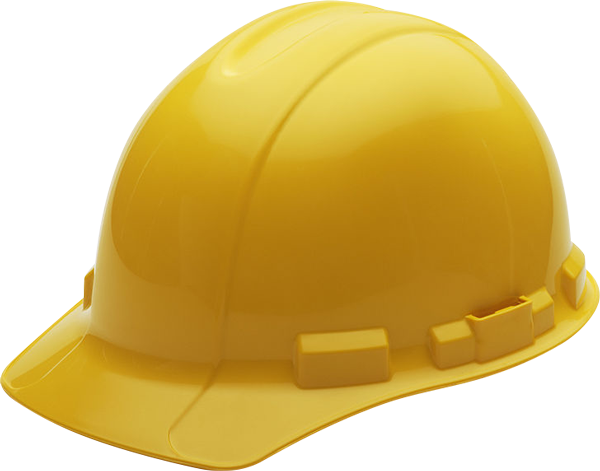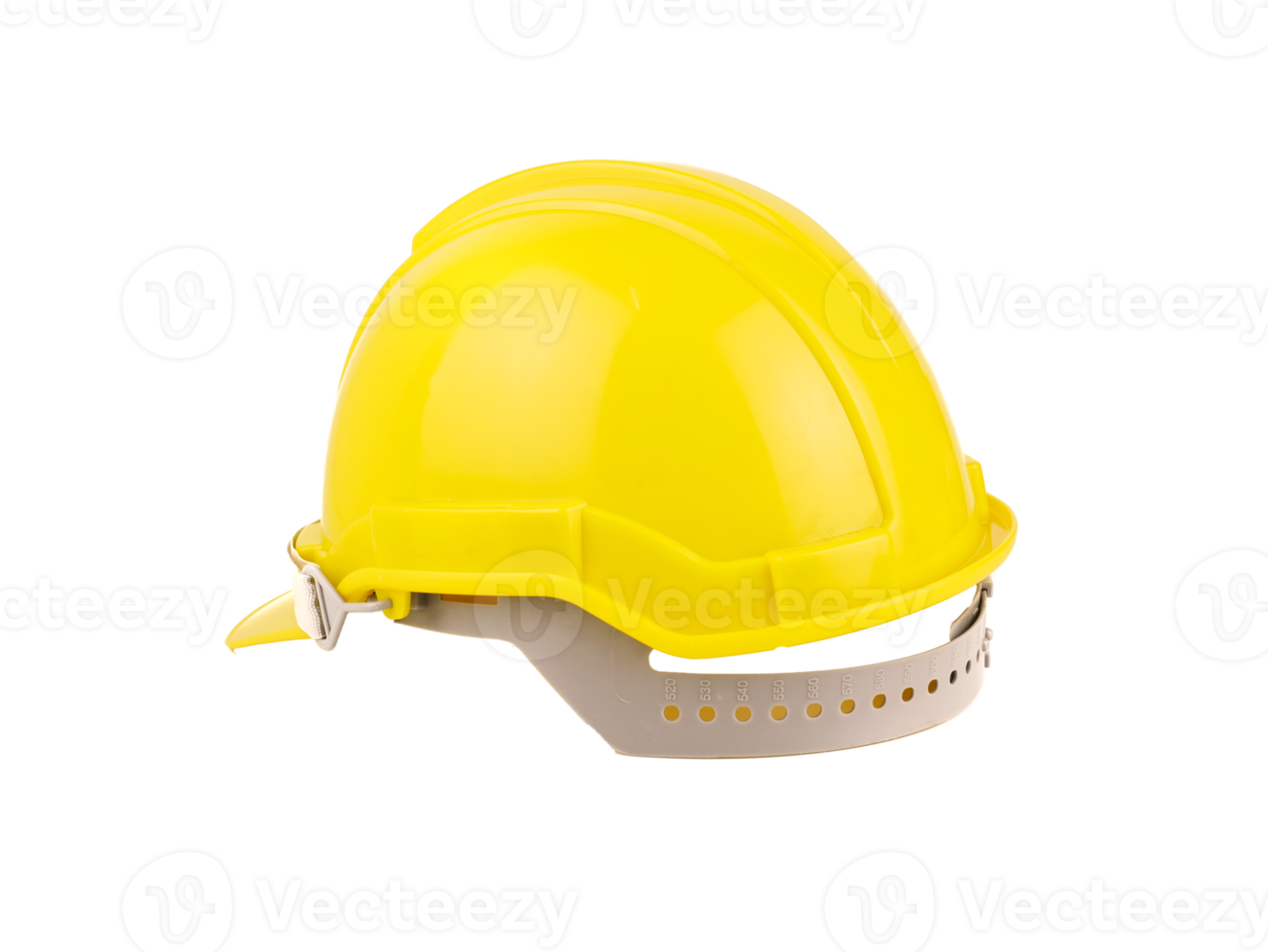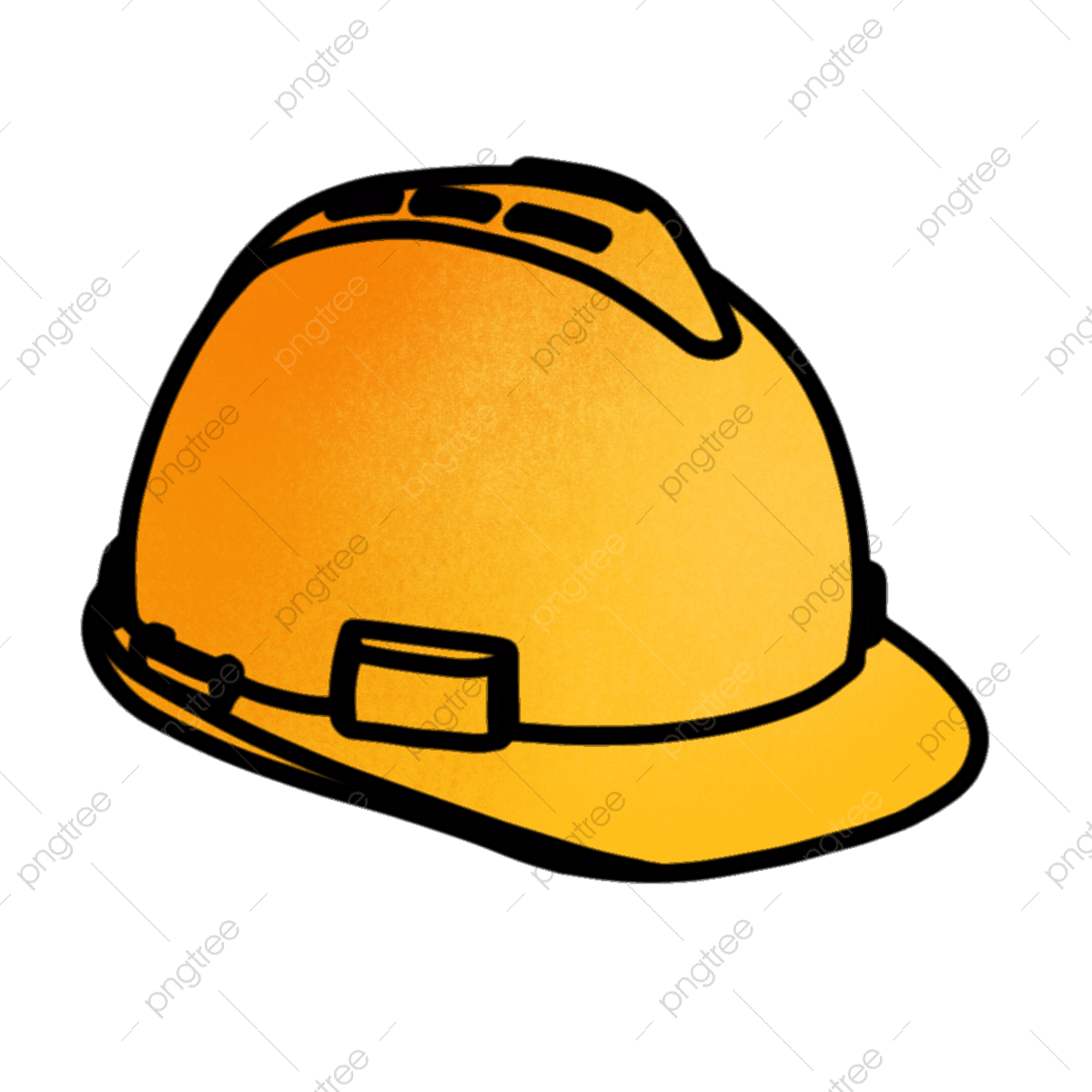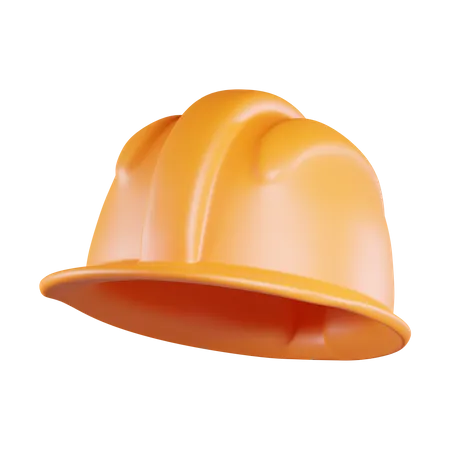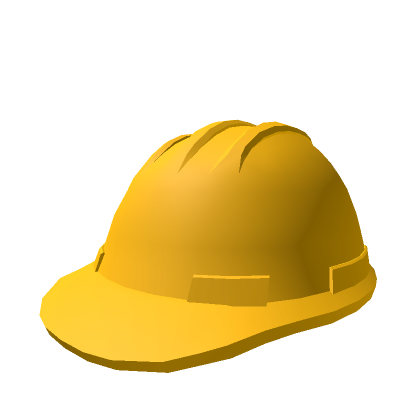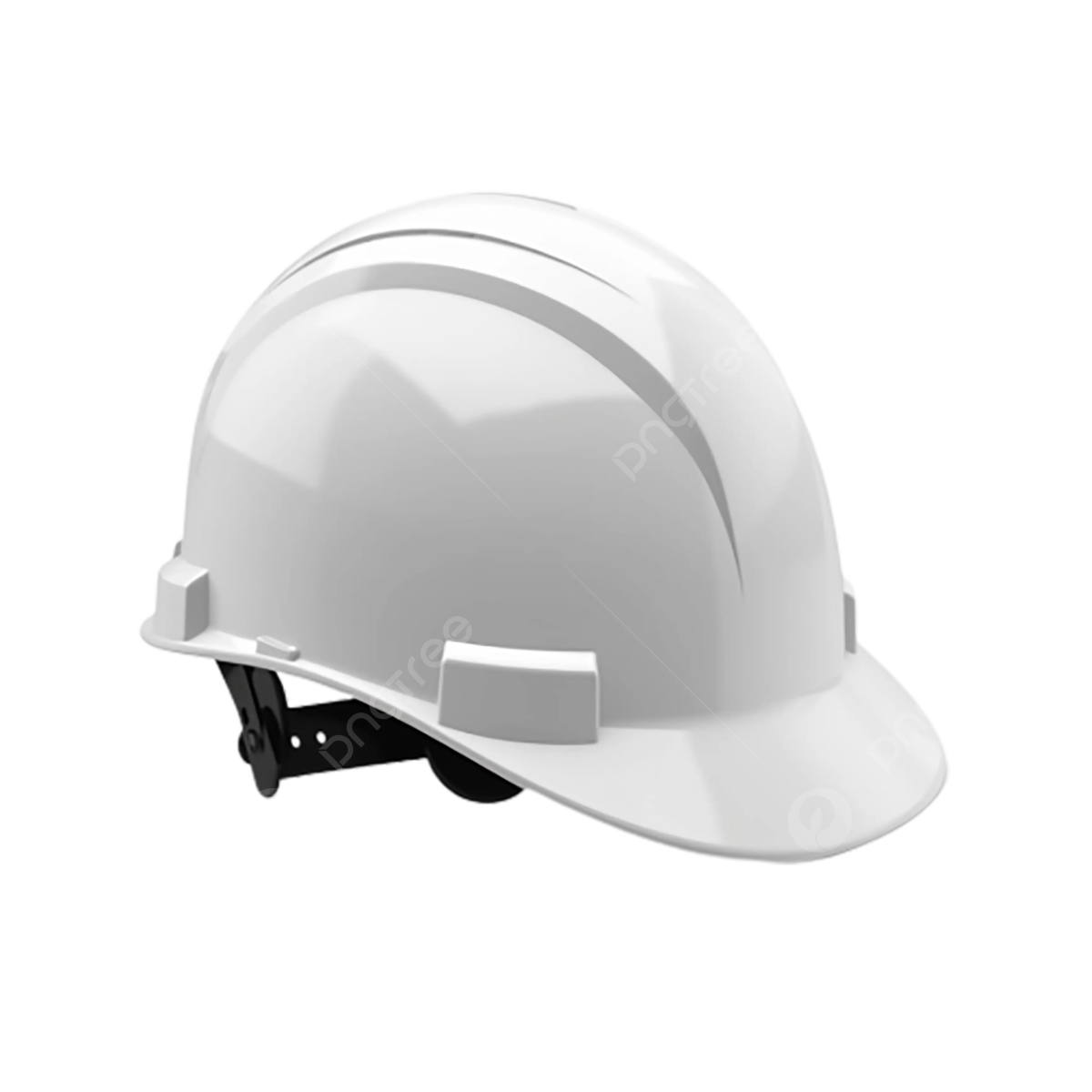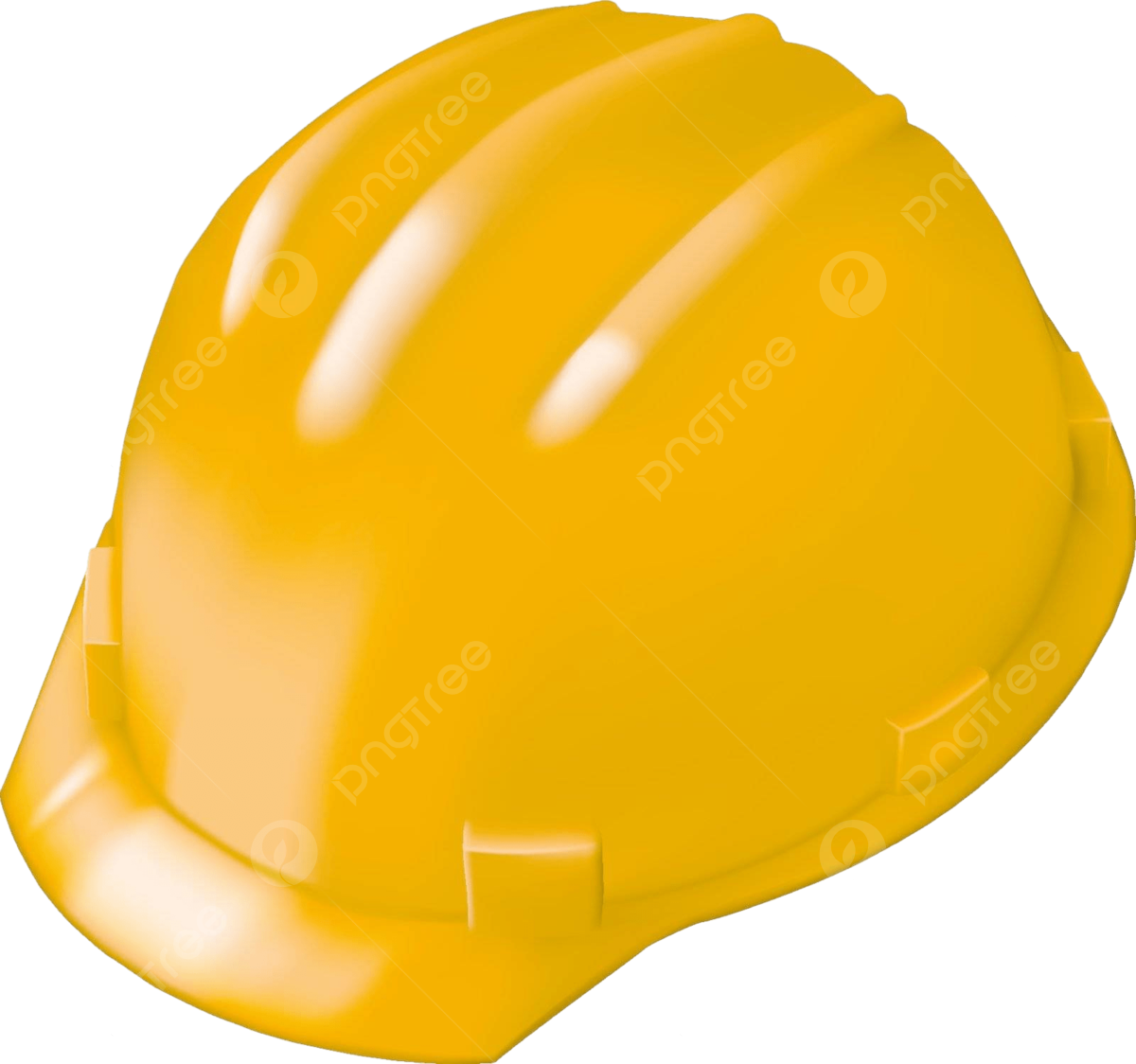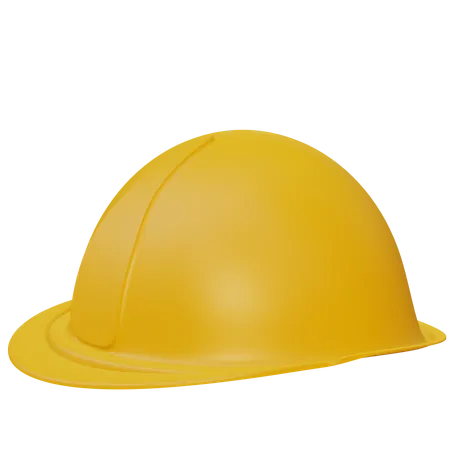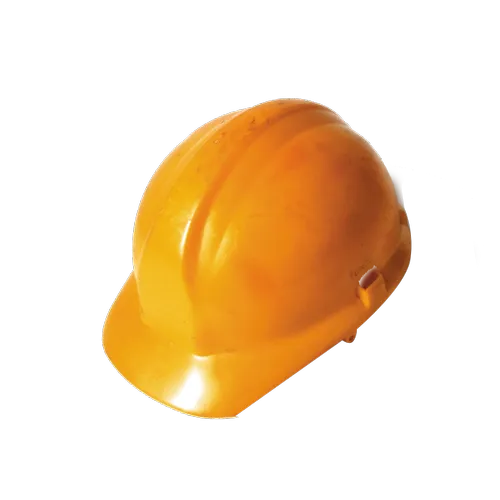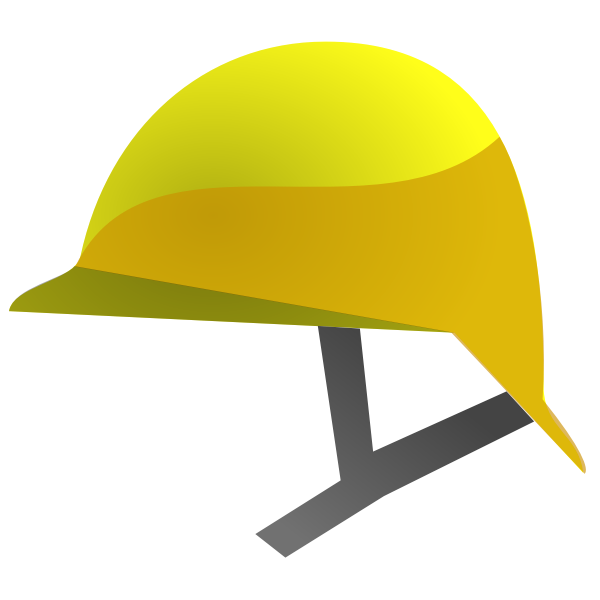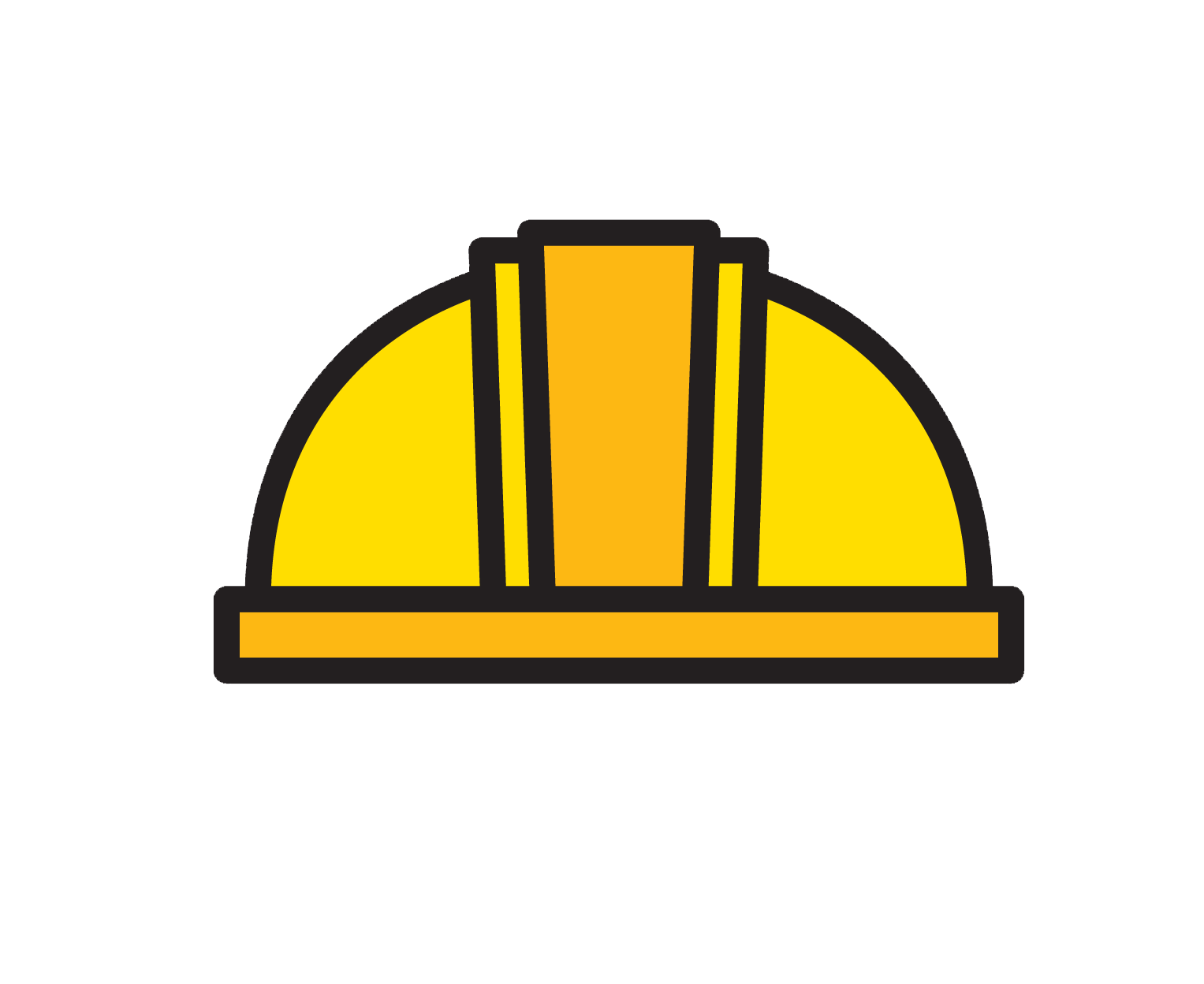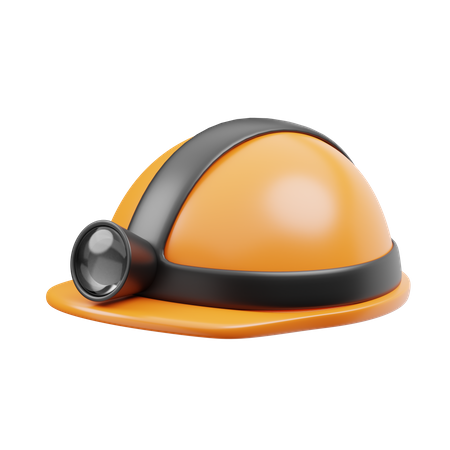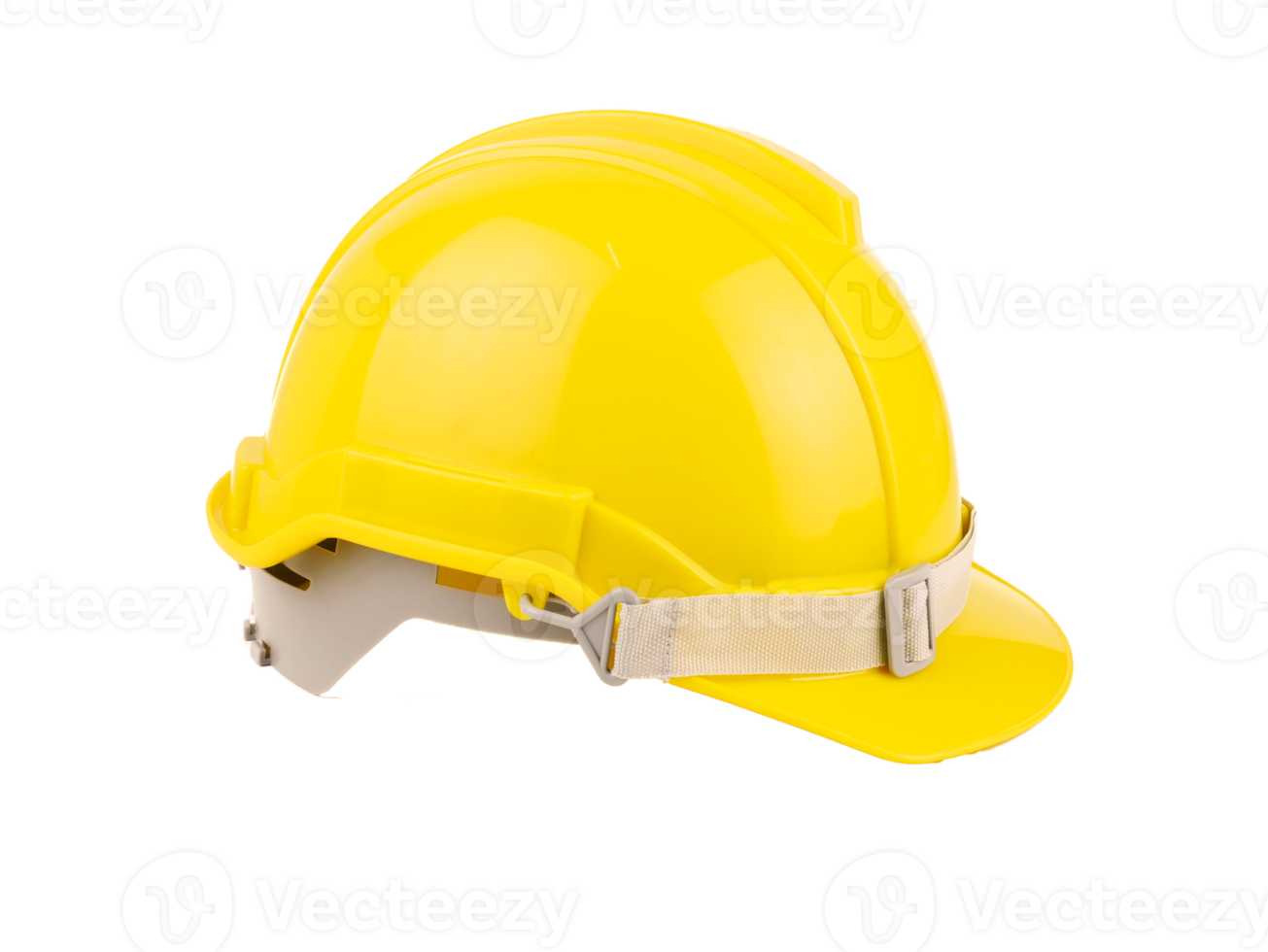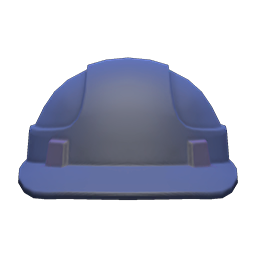Download top and best high-quality free Construction Hat PNG Transparent Images backgrounds available in various sizes. To view the full PNG size resolution click on any of the below image thumbnail.
License Info: Creative Commons 4.0 BY-NC
Construction hats, sometimes referred to as hard hats, are a staple in many industrial settings and workplaces. These hats serve as protective gear for workers who are at risk of falling debris, head injuries, and other hazards inherent in these work environments. Aside from functional value, construction hats often come in different designs, colors, and materials to meet workplace regulations and style preferences. In this article, we’ll delve deeper into the construction hat, its design, and functionality to give you a better understanding of its significance.
History of Construction Hats
The use of construction hats dates back to the Industrial Revolution of the 19th century. During this period, workers in mines, railways, and other industrial settings needed protective gear that would shield them from the hazards of this new age. The first hats were made of leather and carried a small steel lining to protect the head from falling objects. Later in the 1940s, the advent of thermoplastics ushered in a new era in the production of construction hats, with companies like MSA Safety Company, Bullard Inc., and Fibre-Metal pioneering the manufacturing of hats according to safety regulations.
Design and Functionality
The modern construction hat consists of a hard outer shell made of polycarbonate plastic or high-density polyethylene that covers the head. The outer shell is designed to absorb impact from falling objects, and the inner lining contains a suspension system that helps to cradle the worker’s head and protect against any sudden movement.
The most common type of construction hat features four different areas: the brim, shell, suspension, and chinstrap. The brim is a wide extension that comes over the forehead, protecting the head and face from the sun, rain, and snow. The shell is the backbone of the construction hat, providing the structural support and protection. The suspension system is the internal component of the hat that helps absorb and disperse energy upon impact. Lastly, the chinstrap holds the construction hat in place, preventing it from falling off during work activities.
Depending on the work environment, different levels of protection are required. Hats are rated based on their ability to resist electrical currents, impact, and penetration. Different colors are used to signify different roles and levels of responsibility, such as yellow or lime green for new workers, and white for supervisors. The color also helps in visibility and identification around construction sites.
Maintenance and Care
Construction hats require proper care to ensure they offer maximum protection. Before each use, workers should inspect their hats for any damage, cracks, or deformities. If any such damage is found, the hat should be replaced immediately. Regular cleaning should be done to remove dirt or debris that may impair visibility or functionality. Harsh cleaning agents should be avoided, as they may damage the hat’s integrity.
Construction hats also require proper storage to avoid damage when not in use. They should be stored in a cool and dry place, away from direct sunlight or chemicals that can weaken their integrity.
Construction hats are an essential item in any industrial or construction setting. They provide an extra layer of protection for workers who are exposed to hazards in these environments. Understanding how to select, maintain, and care for construction hats can help workers to stay safe and secure while on the job. By following the guidelines above, workers can enjoy the functionality and comfort that construction hats provide, ensuring the safety of themselves and their colleagues.
Download Construction Hat PNG images transparent gallery
- Construction Hat PNG Image HD
Resolution: 600 × 471
Size: 187 KB
Image Format: .png
Download
- Construction Hat PNG Image
Resolution: 200 × 200
Size: 4 KB
Image Format: .png
Download
- Construction Hat PNG Images HD
Resolution: 1305 × 980
Size: 534 KB
Image Format: .png
Download
- Construction Hat PNG Images
Resolution: 1200 × 1200
Size: 339 KB
Image Format: .png
Download
- Construction Hat PNG Photo
Resolution: 360 × 360
Size: 39 KB
Image Format: .png
Download
- Construction Hat PNG Photos
Resolution: 1920 × 1920
Size: 672 KB
Image Format: .webp
Download
- Construction Hat PNG Pic
Resolution: 450 × 450
Size: 10 KB
Image Format: .webp
Download
- Construction Hat PNG Picture
Resolution: 543 × 430
Size: 4 KB
Image Format: .png
Download
- Construction Hat PNG
Resolution: 420 × 420
Size: 40 KB
Image Format: .png
Download
- Construction Hat Transparent
Resolution: 1200 × 1200
Size: 205 KB
Image Format: .png
Download
- Construction Hat
Resolution: 1200 × 1124
Size: 588 KB
Image Format: .png
Download
- Construction Hat Background PNG
Resolution: 450 × 450
Size: 9 KB
Image Format: .webp
Download
- Construction Hat No Background
Resolution: 500 × 500
Size: 13 KB
Image Format: .webp
Download
- Construction Hat PNG Background
Resolution: 600 × 600
Size: 50 KB
Image Format: .png
Download
- Construction Hat PNG Clipart
Resolution: 1527 × 1248
Size: 29 KB
Image Format: .png
Download
- Construction Hat PNG Cutout
Resolution: 1280 × 985
Size: 120 KB
Image Format: .png
Download
- Construction Hat PNG File
Resolution: 450 × 450
Size: 102 KB
Image Format: .png
Download
- Construction Hat PNG Free Image
Resolution: 1305 × 980
Size: 374 KB
Image Format: .webp
Download
- Construction Hat PNG HD Image
Resolution: 800 × 830
Size: 205 KB
Image Format: .png
Download
- Construction Hat PNG Image File
Resolution: 256 × 256
Size: 26 KB
Image Format: .png
Download
